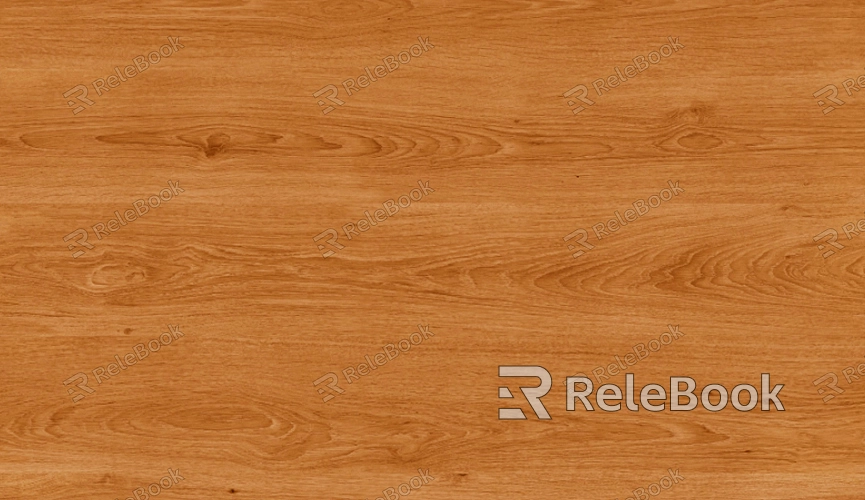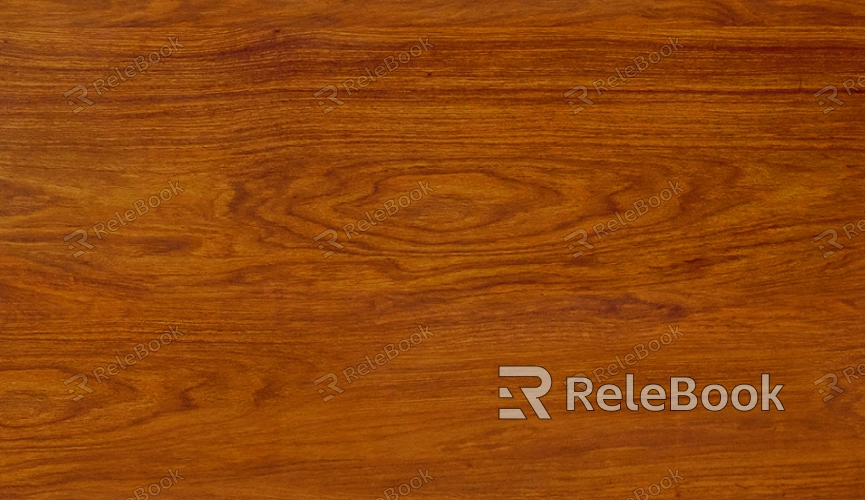How Many Texture Maps Should I Use for One Scene?

Factors Influencing the Number of Texture Maps
Several factors influence how many texture maps you should use in a scene. These factors include the scene's complexity, the target platform, performance considerations, and the level of detail required.
1. Scene Complexity
The complexity of the scene is a primary factor in determining the number of texture maps needed. A simple scene with few objects may require only a handful of textures, while a complex scene with numerous objects, varied materials, and intricate details will necessitate more texture maps. For example, a scene with a single character in a minimalist environment may only need a few texture maps, while a detailed cityscape with diverse buildings, vehicles, and characters will require many more.
2. Target Platform
The platform for which the scene is being created also plays a critical role in deciding the number of texture maps. High-end gaming PCs or professional rendering workstations can handle more textures at higher resolutions, allowing for greater visual fidelity. In contrast, mobile devices or VR headsets may have more limited processing power and memory, requiring a more conservative approach to texture usage. Understanding the capabilities of the target platform will help in determining the optimal number of texture maps.
3. Performance Considerations
Performance is another crucial consideration when deciding how many texture maps to use in a scene. Each texture map consumes memory and requires processing power to render. Using too many textures, especially at high resolutions, can lead to performance issues such as slow frame rates, longer render times, and increased loading times. Therefore, it's essential to balance the visual quality provided by the textures with the performance limitations of the hardware.
4. Level of Detail Required
The level of detail required in the scene will also influence the number of texture maps. A highly detailed scene with close-up shots and complex materials will need more texture maps to maintain visual fidelity. Conversely, a scene where most objects are viewed from a distance may not require as many high-resolution textures. The importance of detail in the final render or animation should guide the decision on how many texture maps to use.

Guidelines for Texture Map Usage
While the exact number of texture maps needed will vary based on the factors discussed, some general guidelines can help you make informed decisions about texture usage in a scene.
1. Use Modular Textures
One effective strategy for managing texture maps in a scene is to use modular textures. Modular textures are versatile and can be reused across multiple objects or materials. For instance, a brick texture can be applied to several buildings in a scene, reducing the need for unique textures for each object. This approach helps save memory and processing power while maintaining a consistent visual style.
2. Optimize Texture Resolution
Optimizing the resolution of texture maps is crucial for balancing quality and performance. High-resolution textures are necessary for objects that will be viewed up close, but they may be overkill for background elements or objects that occupy only a small portion of the screen. Consider using lower-resolution textures for less critical elements in the scene, and reserve higher-resolution maps for focal points or hero assets.
3. Use Texture Atlases
A texture atlas is a single large texture that contains multiple smaller textures. By combining several textures into one atlas, you can reduce the number of texture maps used in the scene. This technique is particularly useful for scenes with many small objects or repeated textures, such as a forest with numerous trees or a cityscape with repeating windows. Using a texture atlas can improve performance by reducing the number of texture calls made during rendering.
4. Leverage Normal, Specular, and Roughness Maps
In addition to diffuse textures, consider using normal, specular, and roughness maps to add depth and realism to the scene without significantly increasing the number of texture maps. These additional maps can enhance the appearance of materials by simulating how light interacts with the surface, creating the illusion of complex details without the need for more geometric data or unique textures for every object.
5. Balance Visual Quality with Performance
When deciding how many texture maps to use, always balance visual quality with performance. Test the scene on the target platform to ensure that it runs smoothly without sacrificing too much visual fidelity. If performance issues arise, consider reducing the number of texture maps, lowering their resolution, or employing techniques like level of detail (LOD) to optimize the scene.
Practical Scenarios and Texture Map Recommendations
The number of texture maps needed will vary depending on the specific requirements of each project. Here are some practical scenarios with recommendations on texture map usage.
1. Simple Interior Scene
For a simple interior scene, such as a small room with basic furniture, you may only need 5 to 10 texture maps. These could include textures for the walls, floor, ceiling, and furniture. If the room has few objects and minimal detail, lower-resolution textures or a texture atlas could be sufficient to maintain visual quality while keeping the number of texture maps low.
2. Character Model for a Game
A character model for a game typically requires several texture maps to achieve a high level of detail. These might include diffuse, normal, specular, and roughness maps for the skin, clothing, and accessories. Depending on the complexity of the character and the desired level of realism, you may need 5 to 15 texture maps. However, optimizing texture resolution and using shared textures for common materials can help reduce the number of maps required.
3. Large Outdoor Environment
A large outdoor environment, such as a forest or cityscape, will likely need many texture maps to cover various surfaces, including terrain, foliage, buildings, and vehicles. In such cases, 20 to 50 texture maps might be necessary to achieve the desired level of detail. Utilizing texture atlases, modular textures, and LOD techniques can help manage the number of texture maps and maintain performance.
4. High-Detail Product Visualization
For high-detail product visualization, where the goal is to showcase a product in close-up detail, you may need 10 to 20 texture maps. These could include high-resolution diffuse, normal, and specular maps to capture the intricacies of the product's surface. Given the focus on detail, higher-resolution textures are essential, but you can optimize performance by reducing the number of textures for background elements.
FAQ
What is a texture map?
A texture map is a 2D image applied to the surface of a 3D model to add color, detail, and surface characteristics.
How many texture maps do I need for a simple scene?
For a simple scene, you may only need 5 to 10 texture maps, depending on the number of objects and the level of detail required.
What is a texture atlas?
A texture atlas is a single large texture that contains multiple smaller textures. It reduces the number of texture maps used in a scene and improves rendering performance.
How can I optimize the number of texture maps in a scene?
You can optimize texture map usage by using modular textures, optimizing resolution, leveraging texture atlases, and balancing visual quality with performance.
Why is it important to consider the target platform when deciding on texture maps?
The target platform’s processing power and memory capacity affect how many texture maps can be used without compromising performance. High-end platforms can handle more textures, while lower-end devices may require fewer textures to maintain smooth performance.

